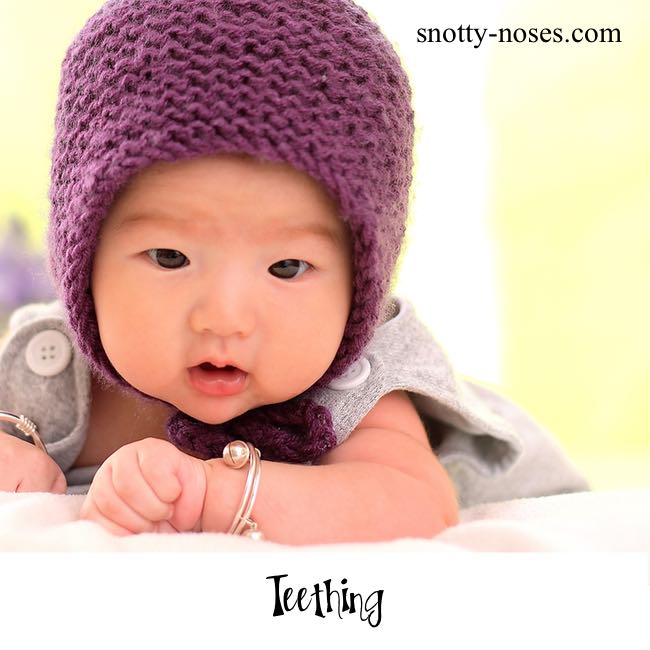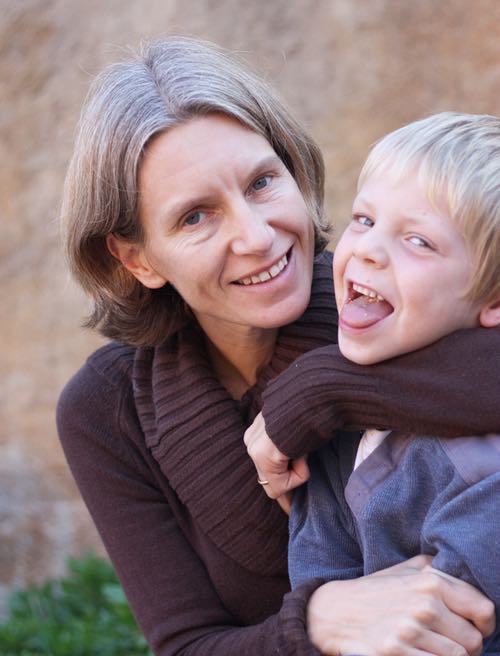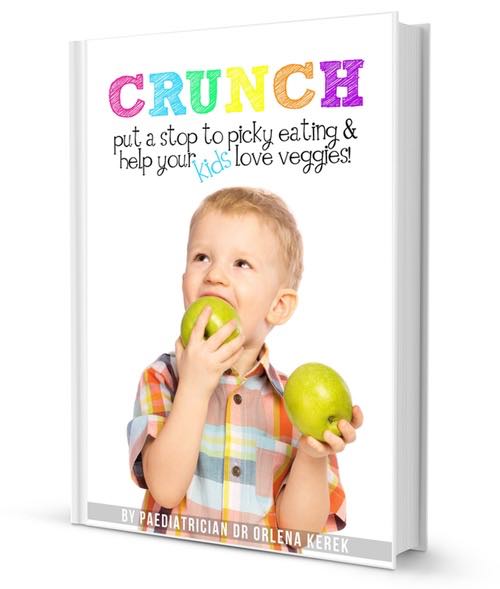Teething
Teething
Teething, also know as ‘cutting teeth’ is the term given to when baby’s teeth start to appear. When you are born, your undeveloped teeth sit under your gums. They then grow up through the gums and emerge as teeth. It can be painful but there are lots of things you can do to help your baby.

When do babies start Teething?
All children are different. Teething may start as early as 3 months or as late as 12 months. The average is around 6 months.
It can take several years for all of your teeth to come through. The back teeth often come through when your child is older. Most children have all their milk teeth by 3 years of age.
Teething Symptoms
Teething can hurt and the most common symptom is pain. This leads to babies chewing on hard things to try to relieve the pain. (A symptom is what the baby complains of rather than a ‘sign’ which is what someone else notices. It can be difficult to split up signs and symptoms.)
- Pain
- Diarrhea
Signs of Teething
When babies are teething, their cheeks go bright red, their gums can go soft and spongy and they like to bite things and chew them hard. They may also be grumpy and their sleep may be disturbed. If they are breast fed, they might feed more, this is generally for comfort. They may also get runny poos and this can lead to nappy rash. Some people say they also get a mild temperature.
- Red cheeks
- Soft gums
- Drooling
- Crying
- Putting fists in mouth to chew
- Chewing on things
- Feeding more
- Grumpy
- Disturbed sleep
- Diarrhea
- Nappy Rash
- Mild Temperature
- Pulling at ear (this can be mistaken for signs of an ear infection)
Teething Fever
Professionals and parents dispute whether teething causes a fever or not. If it does, it doesn’t cause a high fever. Personally I think it may cause a mild fever but it is important to look out for other signs of illness as teething may happen at the same time as other illnesses. (Often teething occurs at the same time that the maternal antibodies wear off so the baby is a bit more vulnerable than before.)
See Baby Fever
Teething Rash
Equally, people dispute whether you can get a rash with teething. My personal experience is that all of my children had mild diarrhea when they were teething and this led to nappy rash.
Babies often get red cheeks when they are teething. Plus the saliva can irritate the skin on their chin.

Teething Help
There are lots of home remedies that you can use to help relief teething. Anything that is cool and hard that they can safely chew on will offer some comfort. You can buy teething toys or you can cut up pieces of vegetables such as cucumber and put them in the fridge (depending on the age of your child.) Or ice cubes for them to suck on.
Many people say that amber necklaces are a great help (you wear them, not chew on them.) Sadly, I didn’t know about them when my children were teething so I can’t comment from personal experience.
You can use pharmaceutical medicines such as paracetamol or acetaminophen and ibuprofen as pain relief. Or gels that contain local anaesthetic.
There are also traditional medicines that you can try such as teething powders.
Teething toys (our favourite is Sophie La Girafe)
Cut up Vegetables
Ice cubes
Amber Necklaces
Traditional medicines
Brushing Teeth
It’s important to start brushing your baby’s teeth as soon as they arrive.
How to brush your baby’s teeth
Toddler Teething
Toddlers can teeth as well. The back teeth, the molars, don’t come through until later on. Your child may be a toddler still be teething. Most children have all their milk teeth by the age of 3.
Teething Older Children
Your first proper molars normally appear around the age of 6 or 7. These do not replace baby teeth so your older child might be teething too. Sometimes they just appear without anyone noticing.
They may complain of pain in their mouth. Use a torch to have a look and see if it is a new tooth or a different problem.

 Feeding Toddlers.
Feeding Toddlers. Would you like your kids to eat more healthily? Check out the book!
Would you like your kids to eat more healthily? Check out the book!